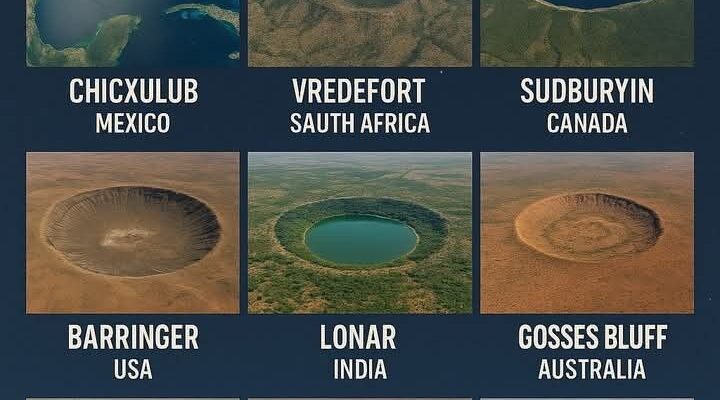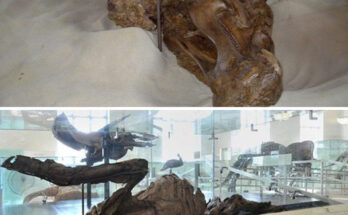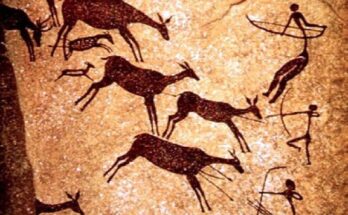Earth Impact Craters: A Journey Through Cosmic Collisions
Earth’s surface bears the scars of ancient cosmic collisions, with impact craters serving as remarkable testaments to the violent history of our planet. This detailed guide explores nine of the most significant impact craters around the globe, each offering unique insights into geological processes, extraterrestrial events, and the resilience of Earth’s ecosystems. From the vast Chicxulub crater linked to the dinosaur extinction to the remote Wolfe Creek site, these natural wonders captivate scientists, geologists, and curious minds alike.
Chicxulub (Mexico)
Located on the Yucatán Peninsula, the Chicxulub crater is one of the most famous impact sites, stretching approximately 150 kilometers (93 miles) wide. Formed about 66 million years ago, this crater is widely believed to be the result of the asteroid impact that triggered the mass extinction event ending the Cretaceous period, wiping out three-quarters of Earth’s species, including non-avian dinosaurs. Its submerged structure, partially visible as a ring of cenotes (natural sinkholes), underscores its massive scale and historical significance.
Vredefort (South Africa)
The Vredefort crater, centered in South Africa, is the oldest and largest confirmed impact structure on Earth, with an estimated original diameter of over 300 kilometers (186 miles). Dating back about 2 billion years, its eroded remains form a prominent dome-shaped feature. This UNESCO World Heritage Site offers a window into the Precambrian era, revealing how ancient impacts shaped continental crust and influenced early life forms.
Sudburyin (Canada)
Situated in Ontario, the Sudbury crater is a multi-ringed impact structure with a diameter of about 130 kilometers (81 miles). Formed around 1.85 billion years ago, it is one of the best-preserved ancient craters. Today, the site is a major nickel and copper mining region, with the impact event believed to have created a rich ore deposit, highlighting the economic as well as scientific value of such sites.
Barringer (USA)
Located in Arizona, the Barringer crater, also known as Meteor Crater, is a well-preserved impact site about 1.2 kilometers (0.75 miles) wide and 170 meters (570 feet) deep. Formed approximately 50,000 years ago by a nickel-iron meteorite, this crater is a prime example of a relatively recent impact. Its clear rim and bowl shape make it a popular destination for studying impact dynamics and planetary geology.
Lonar (India)
The Lonar crater in Maharashtra, India, is a rare example of a meteorite impact in basaltic rock, measuring about 1.8 kilometers (1.1 miles) in diameter. Created around 570,000 years ago, it contains a saline soda lake at its center, supporting unique microbial life. This site provides valuable data on how impacts interact with volcanic terrain and influence local ecosystems.
Gosses Bluff (Australia)
Located in the Northern Territory, Gosses Bluff is an eroded impact structure with an original diameter estimated at 22 kilometers (14 miles), though its central uplift is now about 5 kilometers (3.1 miles) wide. Formed around 142 million years ago, this crater’s rugged landscape and surrounding desert offer a striking visual of ancient impact effects, preserved in the arid Australian outback.
Wolfe Creek (Australia)
The Wolfe Creek crater in Western Australia is a well-defined impact site, approximately 875 meters (2,870 feet) in diameter and 60 meters (200 feet) deep. Formed about 300,000 years ago, this crater’s pristine condition is attributed to the region’s arid climate, which limits erosion. Its isolation and accessibility make it a key site for studying recent impact events.
Kara (Russia)
Situated in northern Russia, the Kara crater is a double impact structure, with two overlapping craters totaling about 65 kilometers (40 miles) in diameter. Formed around 70 million years ago, this site’s complex geology reflects multiple impact events, offering insights into the frequency and clustering of cosmic collisions during the Late Cretaceous.
Popigai (Russia)
The Popigai crater in Siberia is one of the largest impact structures on Earth, with a diameter of about 100 kilometers (62 miles). Created approximately 35 million years ago, this site is renowned for its impact diamonds, formed under the extreme pressure of the collision. Its remote location and rich mineral deposits make it a critical area for studying impact-related material science.
The Science and Wonder of Impact Craters
These craters, scattered across continents, tell a story of Earth’s dynamic past, where extraterrestrial objects have left indelible marks. They provide critical evidence for understanding impact processes, from the shockwaves that reshape landscapes to the chemical changes that affect the atmosphere. Some, like Chicxulub, are tied to mass extinctions, while others, like Sudbury, have shaped human industry. Visiting or studying these sites offers a profound connection to the cosmic forces that have sculpted our planet over billions of years.



